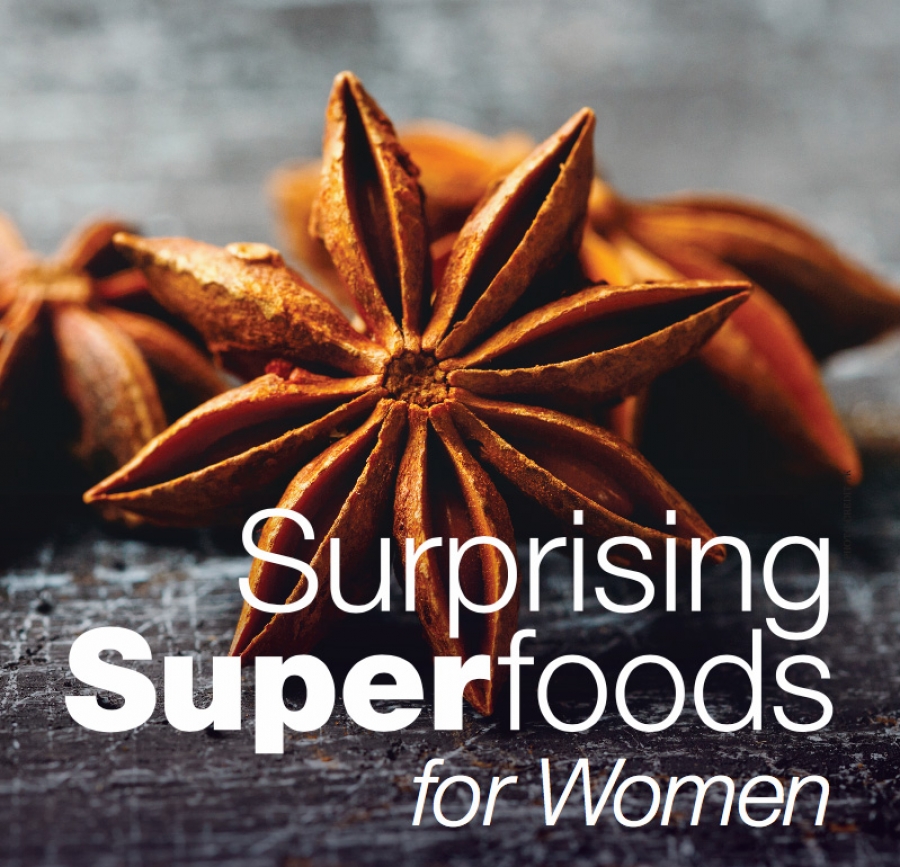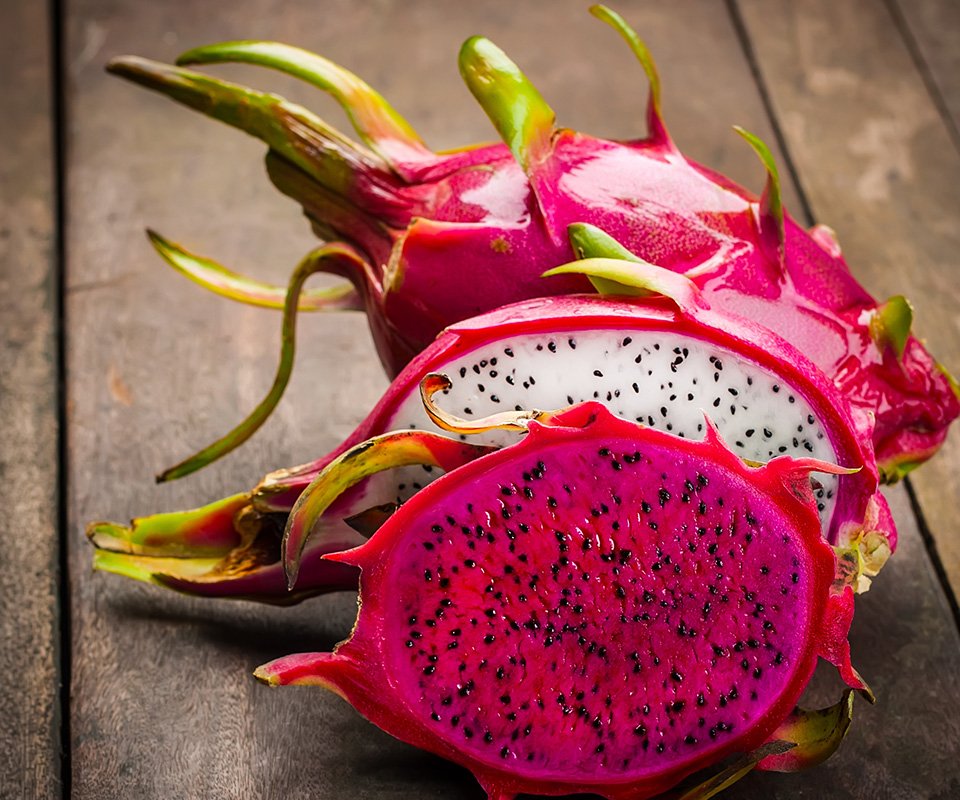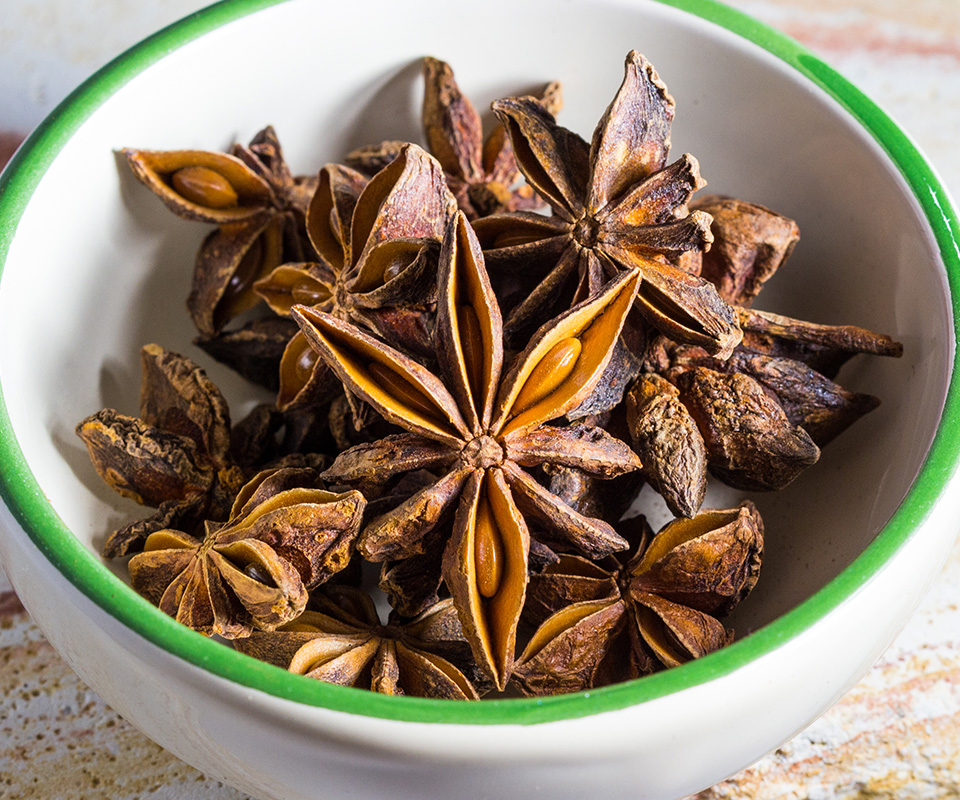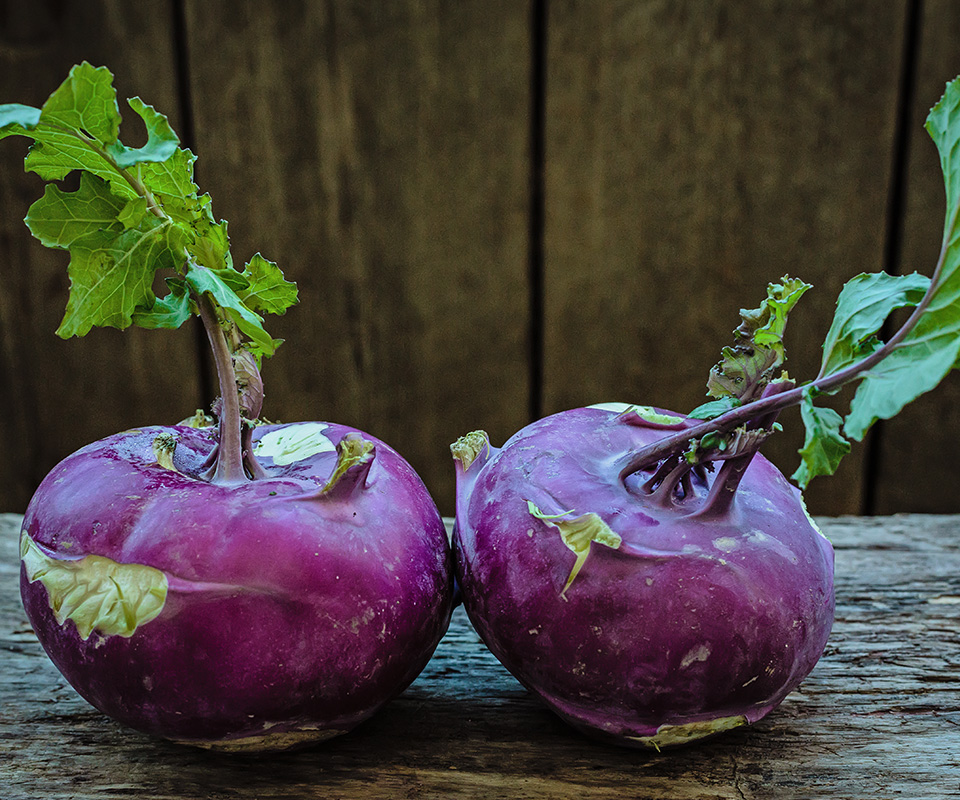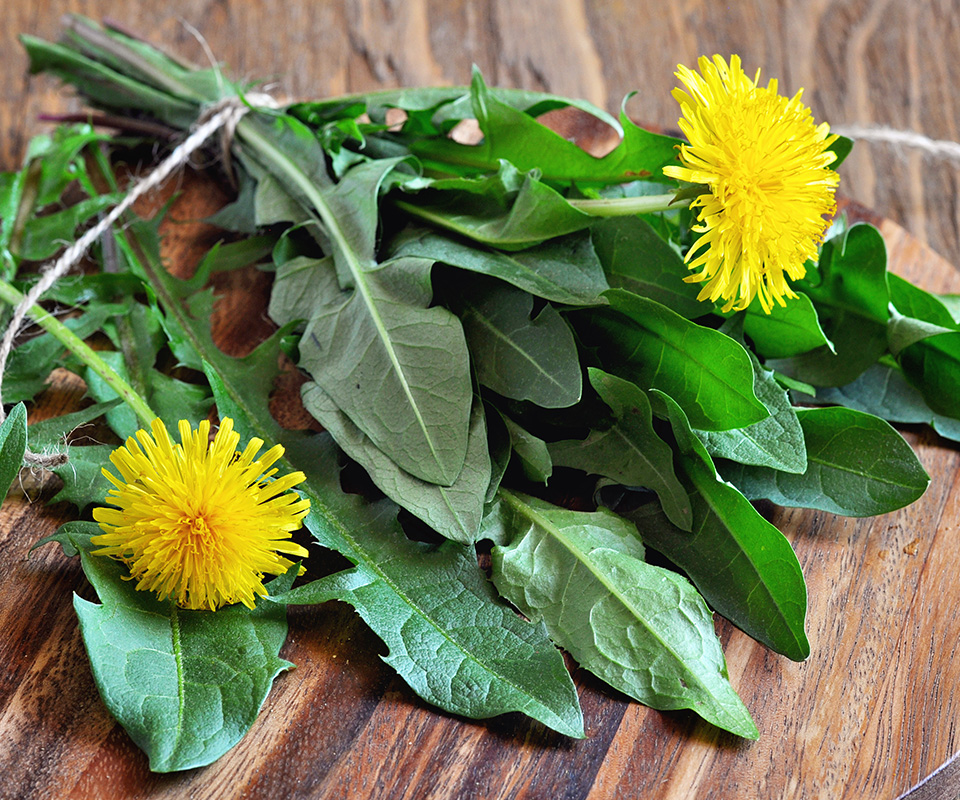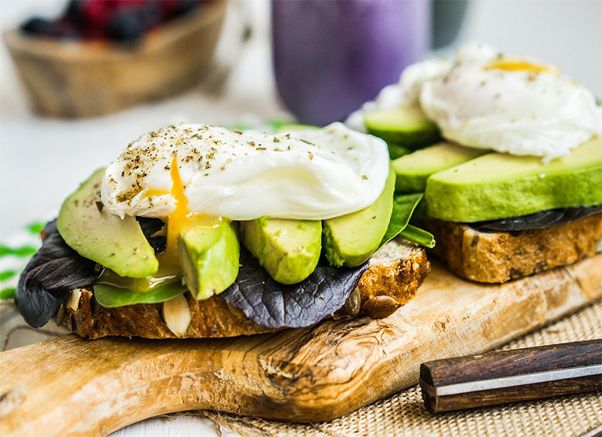Are you powered up?
BY CARA-MARIE FINDLAY
This is not another run-of-the-mill list detailing the latest superfood craze. Kale, ginger, acai berry...you’ve heard them all before! Instead, we’ve rounded up seven unique power foods with incredible health benefits. From exotic delicacies to peculiar plants, these foods promise an added pinch of variety to your healthy diet.
Pitaya
This cactus fruit (commonly known as dragon fruit) is sure to catch your eye with its fuchsia color. The fruit contains heart- healthy monounsaturated fat and omega-3 fatty acids. It’s also an antioxidant booster that can help reduce the effects of free radicals in the body, including premature aging and disease.
Helpful Tip: Slice it open with a sharp knife, and scoop out the sweet pulp freckled with tiny black seeds. You can eat the pulp and seeds raw or add them to a tropical smoothie. The fruit has a soft avor likened to strawberry, watermelon, or rose petals.
Anise Seeds
The herbal plant anise is a member of the carrot family, and it’s known for its spicy, aromatic seeds. Anise seeds are an excellent source of minerals essential to cardiac, bone, and blood health. These minerals include iron, copper, potassium, zinc, manganese, magnesium, and calcium. The seeds’ phytochemicals also help to soothe upset stomachs and ease congestion.Helpful Tip: You can find anise seeds at your supermarket in the spice aisle. Mix anise seeds in hot water for a soothing tea that provides fast relief for stomach pain or a cold. The seeds’ sweet black licorice avor also complements ingredients in certain cakes, tomato sauces, and sausage dishes.
Kohlrabi
Kohlrabi looks like the alien offspring of beets and turnips. However, Kohlrabi is actually more closely related to broccoli and cabbage. Don’t let the strange exterior deter you. Kohlrabi packs a lot of cancer-fighting phytochemicals, in addition to vitamin C and potassium.
Helpful Tip: Often a light green or purple color, you’re likely to only nd this vegetable at your farmers’ market. The kohlrabi’s subtle flavor is ideal in raw salads. You can also pair it with other vegetables in a yummy stir-fry.
Millet
Just because millet is one of the main ingredients in bird seed mixes, doesn’t mean it’s not for you. Millet is actually an ancient grain that has been cultivated for human consumption for thousands of years. The delicious, gluten-free grain is chock-full of minerals — such as phosphorus, copper, manganese, fiber, and magnesium. The phosphorus found in millet promotes the development of connective tissue in the body.
Helpful Tip: If you can’t find millet in the rice and grains aisle, try the organic section of your supermarket. Millet can be prepared as a fluffy rice substitute, or you can make it creamy like mashed potatoes. It pairs well with meats and vegetables.
Dandelion Leaves
What most gardeners would consider a pesky weed is actually an excellent source of nutrition. Each dandelion leaf comes packed with calcium, protein, and antioxidants (like vitamin A, vitamin C, and luteolin). Dandelion greens help to remove toxins, regulate insulin levels, and reduce in ammation.
Helpful Tip: Dandelion greens are a farmers’ market find. (We don’t recommend eating the dandelions in your yard.) These bitter greens are great in a crisp salad with raw onion, pine nuts, and goat cheese. If the raw leaves are too bitter for you, use them in a smoothie. Lightly steaming or sautéing the greens will also cut the bitter avor.
Oysters
These slippery sea mollusks deliver a whopping 16 grams of protein per 6-ounce serving. They’re rich in vitamins (B-12 and C) and minerals (zinc, iron, and selenium). Oysters are also loaded with omega-3 fatty acids. The shellfish is a known contributor to boosting a person’s mood, lubricating joints, and sharpening brain function. Dr. Amanda Rose (a social scientist and author of Rebuild from Depression: A Nutrient Guide) lists oysters as a “depression buster.” She credits depression- ghting foods with helping her recover from severe postpartum depression after her first pregnancy, and avoiding it altogether after her second pregnancy.
Helpful Tip: Next time you go out for seafood, scan the menu for oysters and give this nutrition powerhouse a try. We recommend eating them steamed or fried. Because the mineral content in oysters is so high, you should only eat this delicacy as a treat (every once in a while) to avoid toxicity.
Jackfruit
Jackfruit is the largest fruit to grow on trees. One can grow up to 80 pounds in weight! This sweet fruit is rich with carbohydrates, electrolytes, dietary fiber, and protein. It’s also a great source of vitamin C and manganese. The mineral manganese is essential to brain and nerve function.
Helpful Tip: The fruits’ bulbs can be eaten raw, or made into tasty homemade chips (using the bulbs’ starchy flesh. ![]()
Disclaimer: The information presented in this article is not intended or implied to be a substitute for professional medical advice, diagnosis, or treatment. All content contained in this article is for general information purposes only. You are encouraged to consult with your physician prior to making any changes to your diet. You should also speak with your physician about your specific medical condition and treatment plan.
